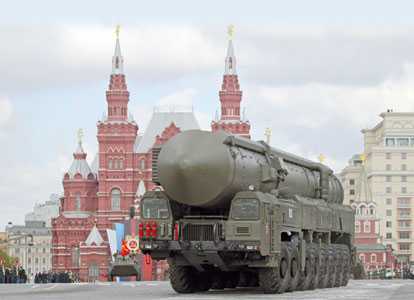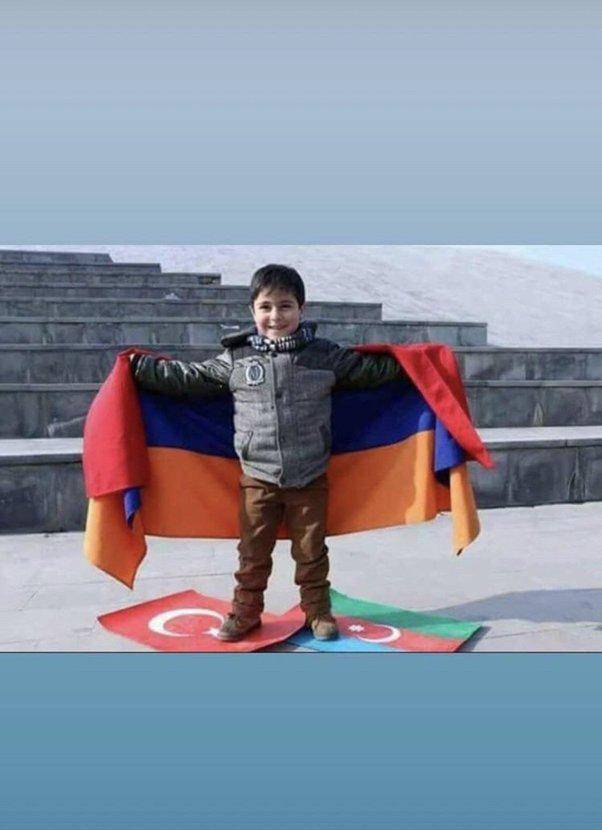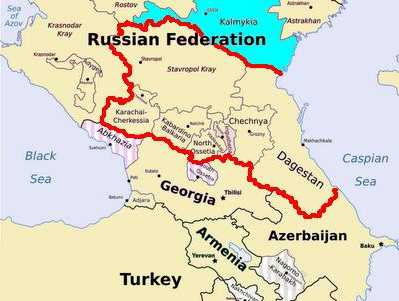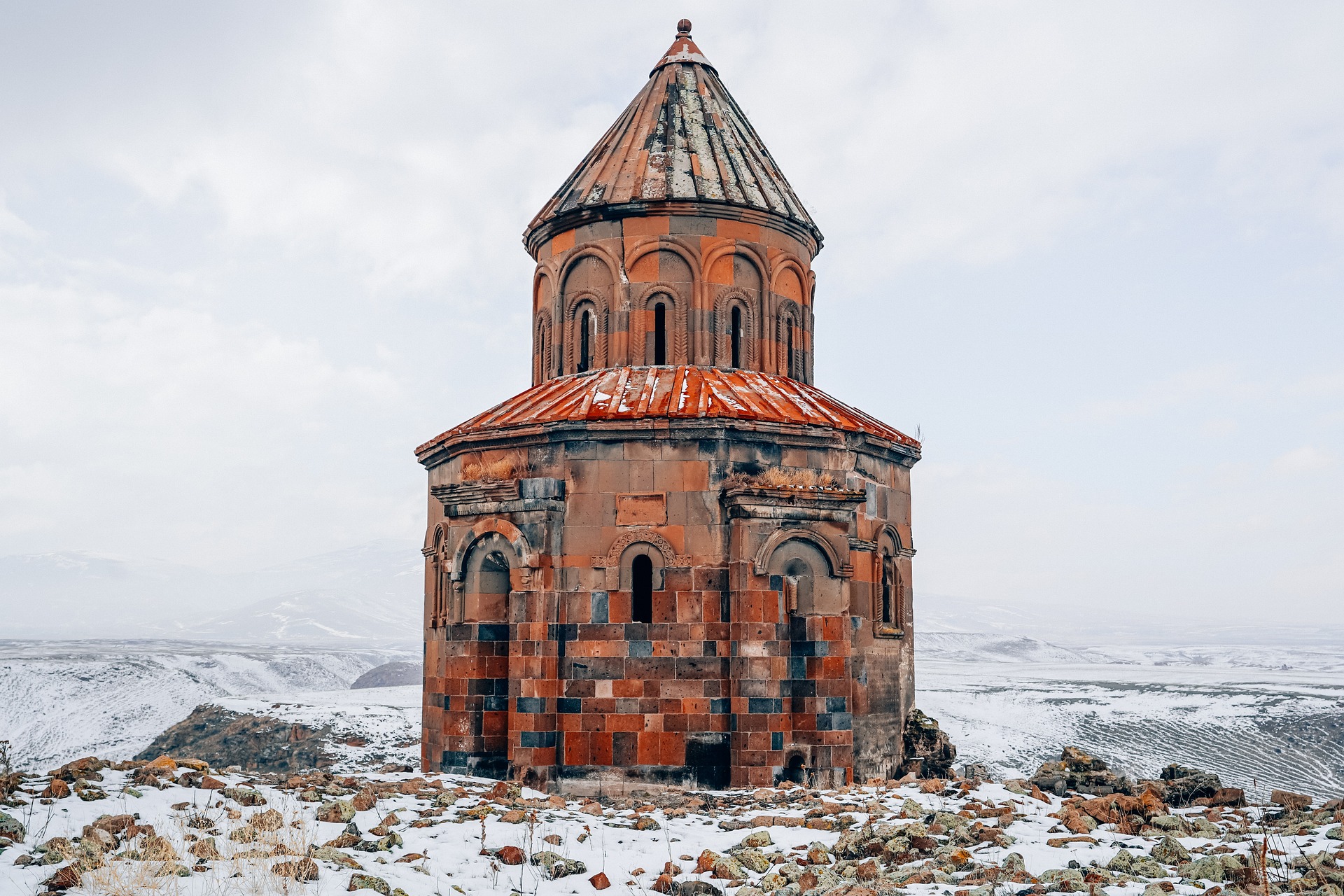Turkish leader’s unprecedented visit to Yerevan raises hopes of better relations, but worries conservatives in Azerbaijan as well as Armenia.
By Tatul Hakobian in Yerevan (CRS No. 459, 11-Sep-08)
Turkish president Abdullah Gul’s landmark visit to Armenia has raised hopes that the two countries could at last be moving towards a better relationship after many years of antagonism.
When Gul stepped smiling off an Airbus at Yerevan’s Zvartnots airport on September 6, with Mount Ararat towering in the background, it was undoubtedly a historic moment.
For two months, Gul had given evasive answers whenever he was asked whether he would accept the invitation of his Armenian counterpart Serzh Sarkisian and come to Yerevan to watch the World Cup football qualifying match between the two countries.
On September 3, he showed as much courage as Sarkisian by agreeing to visit Armenia.
As Gul and Armenian foreign minister Eduard Nalbandian got into an armour-plated car brought in specially from Turkey, demonstrators from the Dashnaktsutiun party greeted the Turkish leader with whistles and shouts of “Recognition” – meaning that Turkey should admit the slaughter of Armenians in the early 20th century constituted genocide.
The Armenian authorities made great efforts to shield the Turkish leader from the demonstration, which was mounted by a nationalist party that is part of the governing coalition.
In the six hours he spent in Armenia, Gul was surrounded by exceptionally tight security. A team of 50 Turkish security specialists who arrived a few days beforehand had arranged for eight snipers to be posted around the Hrazdan football stadium, and the two presidents watched the match from behind bullet-proof glass.
The last time a senior Turkish politician visited Armenia was in 1935, when the then prime minister Ismet Inonu crossed the frontier for a few hours and had breakfast in the Soviet republic of Armenia.
In 1991, Ankara recognised the newly-independent state of Armenia, as it did with Azerbaijan and Georgia. The border between the two countries briefly re-opened, but it was closed again two years later as Turkey backed its ally Azerbaijan in the escalating conflict over Nagorny Karabakh.
Relations between Ankara and Yerevan have been cool ever since, primarily because of the unresolved Karabakh conflict, but further complicated by rows over the genocide issue.
The sense of excitement about the impending Turkish visit therefore came as little surprise.
A huge advertising hoarding at the airport announced in Armenian and English, “Welcome, deeply respected President Abdullah Gul. A fair game lasts more than just 90 minutes. That is our wish.”
Opposition to the visit came in the shape of several thousand Dashnaktsutiun supporters who mounted protests on Yerevan’s two main avenues, Mashtots and Baghramian, carrying placards bearing slogans such as “Turkey, recognise the genocide!”
Anahit Berberian, whose forebears fled from Van in eastern Anatolia, held up a placard saying in English saying simply, “My homeland is near Lake Van.”
“The pain of the genocide passes from generation to generation,” she said. “Unfortunately I’ve only see Van in photographs. I think if I go to Van, I will feel the pain of losing my homeland even more keenly.”
Dashnaktsutiun leader Armen Rustamian told Turkish journalists that the demonstration was not against the visit by President Gul, but against Turkey’s policy of genocide denial.
Rustamian said that the Armenian authorities were trying to suggest this was a meeting with a “lost brother”.
“We don’t understand ourselves what steps are being undertaken – we are insulting our own dignity,” he said.
A few days before the football match, Armenia’s national football federation changed its logo. The previous one bore an image of Mount Ararat, beloved by Armenians but located inside Turkish territory. The new one merely shows a football. Mount Ararat also disappeared from the national team’s shirts.
In recent months, Armenian national television has refrained from broadcasting anti-Turkish programmes.
Former president and opposition leader Levon Ter-Petrosian welcomed the visit, but Sarkisian’s predecessor Robert Kocharian said that if he were still president, he would not have invited the Turkish president.
When he was in power, Kocharian had made it a cornerstone of his foreign policy to secure an admission of genocide. By contrast, Sarkisian barely mentions the topic and has said, “Without forgetting the past, we should look into the future.”
The match, which Turkey won 2-0, was the last stop on Gul’s brief itinerary. Earlier in the day, he went to the presidential palace and met Sarkisian.
Standing in the September sun in front of the Armenian tricolour and the Turkish crescent, the two leaders shook hands and smiled.
Journalists, including 200 or so who had arrived from Turkey, had little to report on and were kept a long way away from the presidents. Only one television camera filmed the meeting, and the pictures were broadcast on all television channels.
As the football stadium is situated right next to a hill where Armenia’s Genocide Memorial is located, the Turks insisted that no photographs of Gul be taken in the vicinity to avoid the memorial appearing in the background.
According to the Armenian president’s press service, his discussion with Gul centred on establishing normal relations between their countries, and also on developments in the region as a whole.
Gul invited Sarkisian to pay a return visit to Istanbul, where the two football teams are due to play each other again in October 2009.
Sarkisian said that once a dialogue had been established, it would become possible to discuss even the most difficult questions. “We should strive to resolve existing problems sooner, and not leave this burden to future generations,” he said.
On his return home, Gul told journalists he hoped his visit would contribute to resolving the Nagorny Karabakh conflict, which he described as “the most important issue in the Caucasus”.
“We are also gratified that Armenia supports Turkey’s idea of a creating a platform for stability and cooperation in the Caucasus,” he said, in reference to Ankara’s proposal for a new “stability pact” in which Russia and Turkey would work with the three states of the South Caucasus to prevent conflict.
In an interview with RFE/RL radio, Gul said he supported the current Karabakh peace process, but commented that it had “failed to achieve significant results”.
“Now, in the Caucasus, the stones have been moved and we are also making an effort and we are making our move. If the move brings results, then we will all be happy,” said Gul.
In a sign that Turkey is planning a more active role in the region, Gul visited Azerbaijan on September 10.
In Azerbaijan, his visit to Armenia met with a mixed reaction.
The radical Karabakh Liberation Organisation, which believes Azerbaijan should be prepared to use military force to end the impasse, condemned Gul, saying, “The leadership of Turkey is ready to sacrifice both Azerbaijan and Turkey for its own interests.”
Rasim Musabekov, a political analyst in Baku, suggested that Turkey’s latest diplomatic drive was a reaction to the conflict between Russia and Georgia. It was, he said, a clear response to the “rather dangerous challenges and crisis in the region that resulted from the Russian intervention in Georgia and the de facto annexation of Abkhazia and South Ossetia”.
Zardusht Alizade, a political analyst aligned with the opposition in Azerbaijan, compared the initiative Gul took by visiting Armenia to the period of “ping-pong diplomacy” between the United States and China in the 1970s and called it “a very wise step, a very bold step on the road to beginning an intensive dialogue”.
“I think that Gul took a very positive step which will serve to improve relations between Armenia and Turkey and will increase the level of security and mutual understanding in the region,” he said.
Tatul Hakobian is a commentator with the English-language Armenian Reporter newspaper, published in the United States. Shahin Rzayev in Baku contributed to this report.





